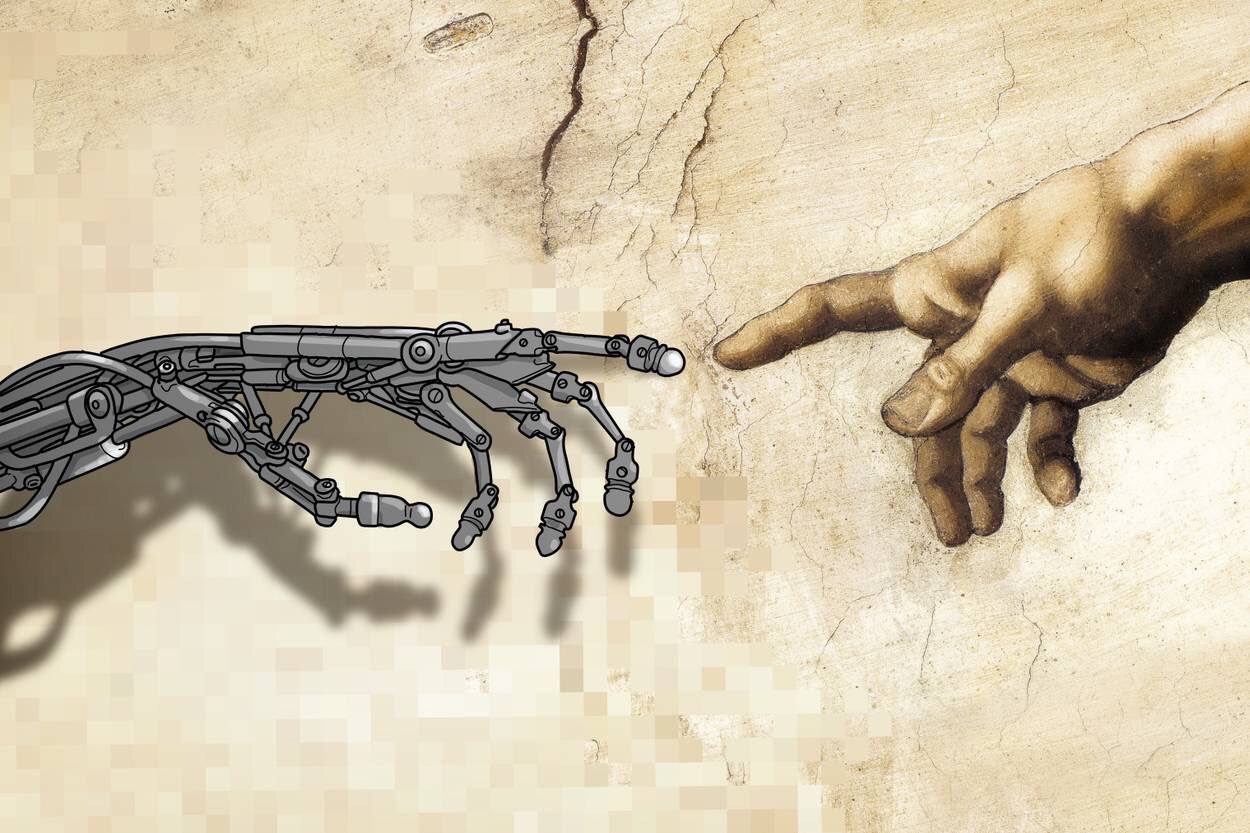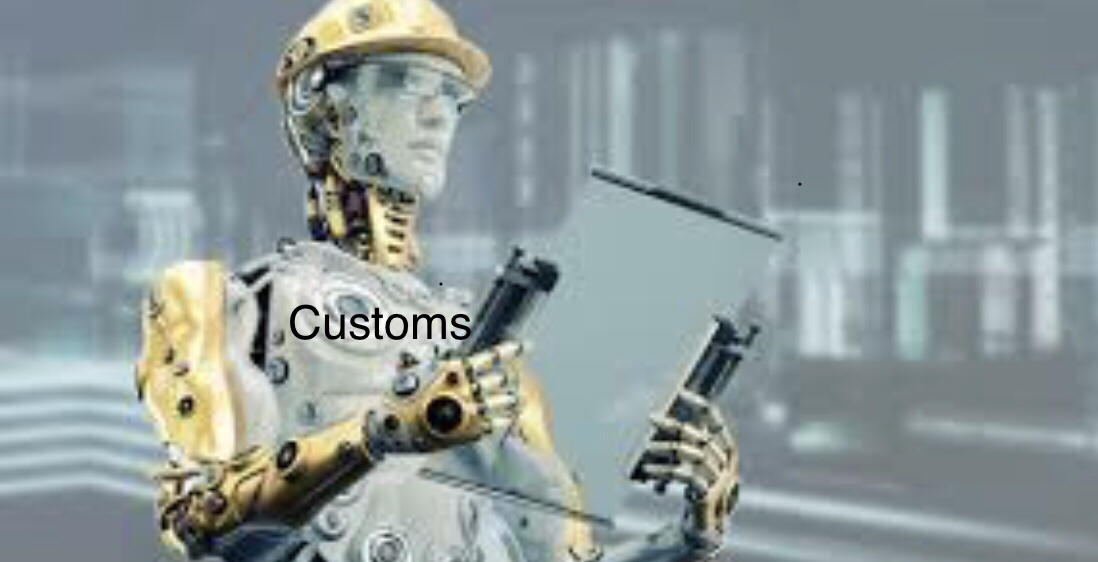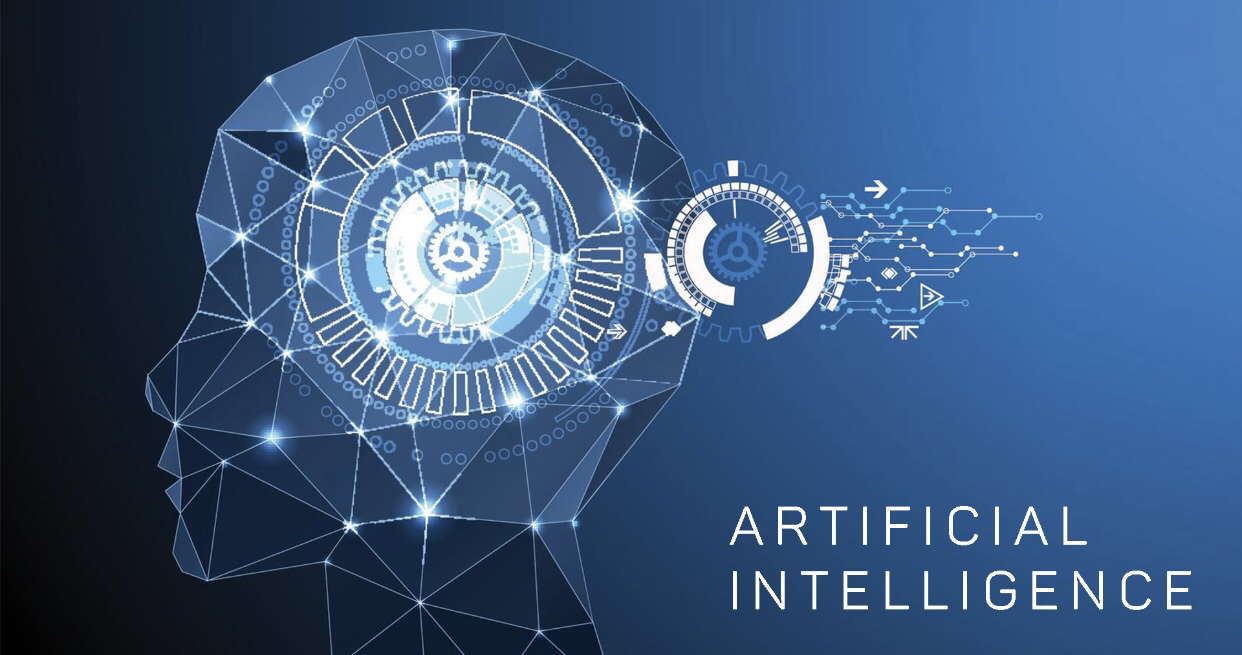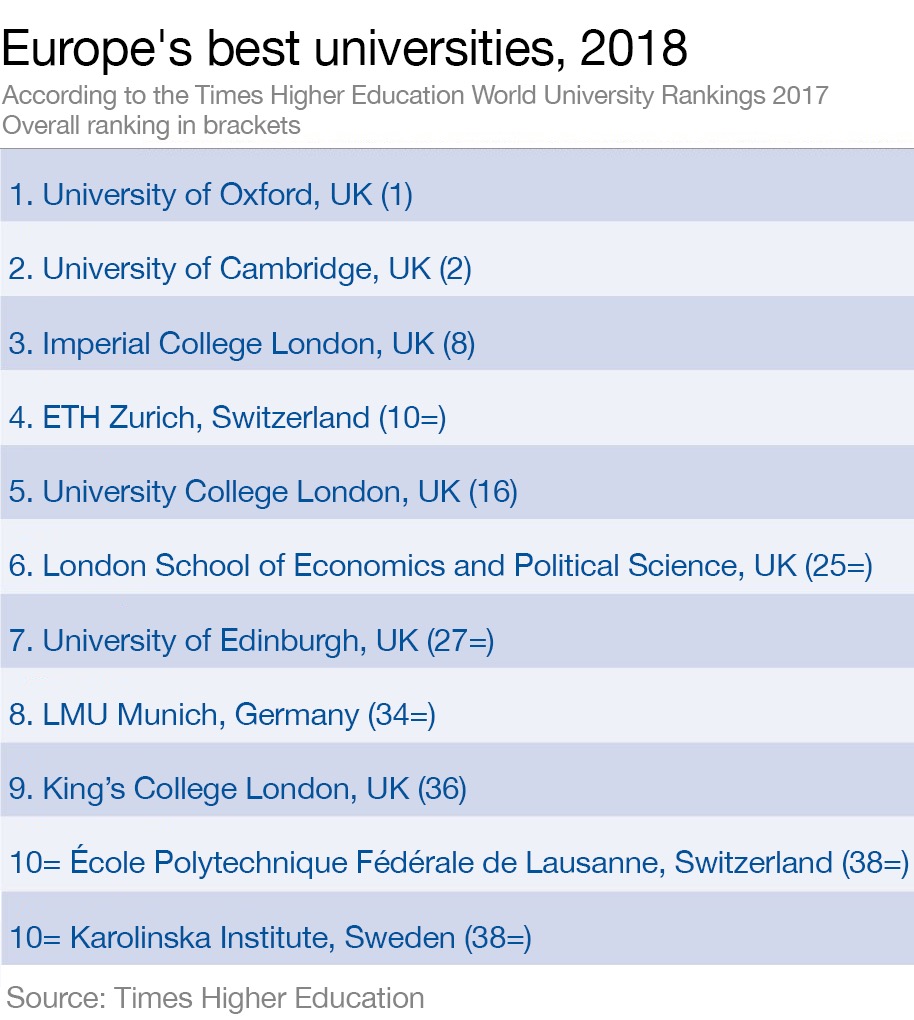Artificial intelligence, scientific automatic evaluation, algorithmes, risk management engines.
Artificial intelligence is Intelligence displayed by machines, in contrast with the natural intelligence (NI) displayed by humans. The scope of AI is disputed: as machines become increasingly capable, tasks considered as requiring “intelligence” are often removed from the definition, a phenomenon known as the AI effect.We have learned that this is part of our everyday lives already – or have we?

How about Customs and Border precedures? Is there already an element of AI involved? Yes, there is. Our ridk management enegines are getting more and more advanced and algorithmes are used to improve risk profiling and targetting.
This is still not the rule everywhere – but advanced Customs Services have used new technology support the last decade or so.

Today when we design, develop and implement new Risk Management Models for Customs – and we arw doing that in several countries right now – we always base it on a modern Risk Strategy fully utilizing advanced risk management and intelligence tools and instruments.

The supporting software is getting better and better. National Targetting Centers are also developing new advanced profiling models continously.
I am convinced that we are only in the begonming of this development. The following years will bring a revolution that will serve us well.
We are involved in some extremely interesting tests right now which will change the risk paradigm and the enforcement methodology forever.
The bad guys will have a more difficult future.
Sweden has 11 institution on the list of best Universities in Europe. Education has always been important innour country. And University studies arw free in Sweden. Open for everybody.
The United Kingdom is home to the best universities in Europe, chief among which are the University of Oxford, the University of Cambridge and Imperial College London.
While Oxford and Cambridge have a worldwide reputation for prestige and academic excellence, the strength of the UK’s other universities – when compared with European peers – is less universally acknowledged.
A total of seven of the top 10 European universities, according to the Times Higher Education World University Rankings, are in the UK.

Switzerland also features strongly in the top 10, with both the Swiss Federal Institute of Technology and its École Polytechnique Fédérale de Lausanne winning a place.
But universities from the southern Mediterranean countries of Italy, Spain and Portugal don’t even make it into the top 50.
The institutions were assessed on their teaching environment, research environment, research influence, industry income and international outlook.
In the top 20, Germany and the Netherlands are second to the UK with four universities each, followed by Switzerland and Sweden.
Out of the overall index of 404 universities, the UK has 92 institutions in the league table, while Germany is the next most-represented European country, with 44 institutions.
Elsewhere in Europe, Scandinavian countries perform well, with Sweden and Finland punching above their weight relative to their population size. Sweden has 11 institutions in the list while Finland has nine. Other strong performers relative to their population size include Denmark and the Republic of Ireland.
The full report ranks 1,102 universities around the world, including 404 universities from Europe. A total of 35 European countries are represented in the ranking, including Spain, Russia, Greece and Serbia.
Source: WEF
Number 10 is back. In the game today between Manchester United and Newcastle in the Premiere League, Zlatan Ibrahimovic makes hos come back less than 7 months after his horrible knee injury.

The icon striker has made an absolutely remarkable record breaking recovery. When people said his career was over at the agenof 36 or that an injury like that take one year or more to heal, Ibrahimovic is back within months. Hos coach Jose Mourinho says that he has never seen a recovery like that or a football player work so hard on rehab.
As Zlatan always says, “don’t compare humans with lions”.






You must be logged in to post a comment.